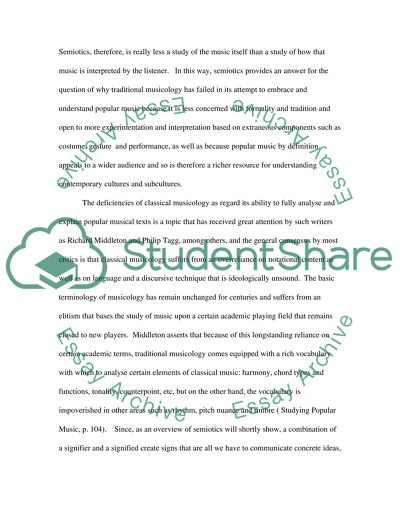Cite this document
(“Semiotics in the Analysis of Popular Music Texts Essay”, n.d.)
Retrieved from https://studentshare.org/performing-arts/1533387-semiotics-in-the-analysis-of-popular-music-texts
Retrieved from https://studentshare.org/performing-arts/1533387-semiotics-in-the-analysis-of-popular-music-texts
(Semiotics in the Analysis of Popular Music Texts Essay)
https://studentshare.org/performing-arts/1533387-semiotics-in-the-analysis-of-popular-music-texts.
https://studentshare.org/performing-arts/1533387-semiotics-in-the-analysis-of-popular-music-texts.
“Semiotics in the Analysis of Popular Music Texts Essay”, n.d. https://studentshare.org/performing-arts/1533387-semiotics-in-the-analysis-of-popular-music-texts.


